PLA Cups
Home | PLA Cups
Home | PLA Cups
In summary, PLA cups are a sustainable and environmentally friendly alternative to traditional plastic cups. Their biodegradability, versatility, and non-toxic nature make them an ideal choice for businesses and individuals looking to reduce their environmental footprint while still enjoying the convenience of disposable cups.
Choose sustainability with Homelink USA! Shop our eco-friendly products today and make a positive impact on the environment. Join the green movement now!
Polylactic acid (PLA) is a biodegradable polymer derived from renewable resources, such as corn starch, sugarcane, or other plant-based materials. It is a versatile material that can be used in various applications, including packaging, textiles, and biomedical products. PLA has gained popularity as a sustainable alternative to traditional petroleum-based plastics due to its renewable sourcing and eco-friendly characteristics.
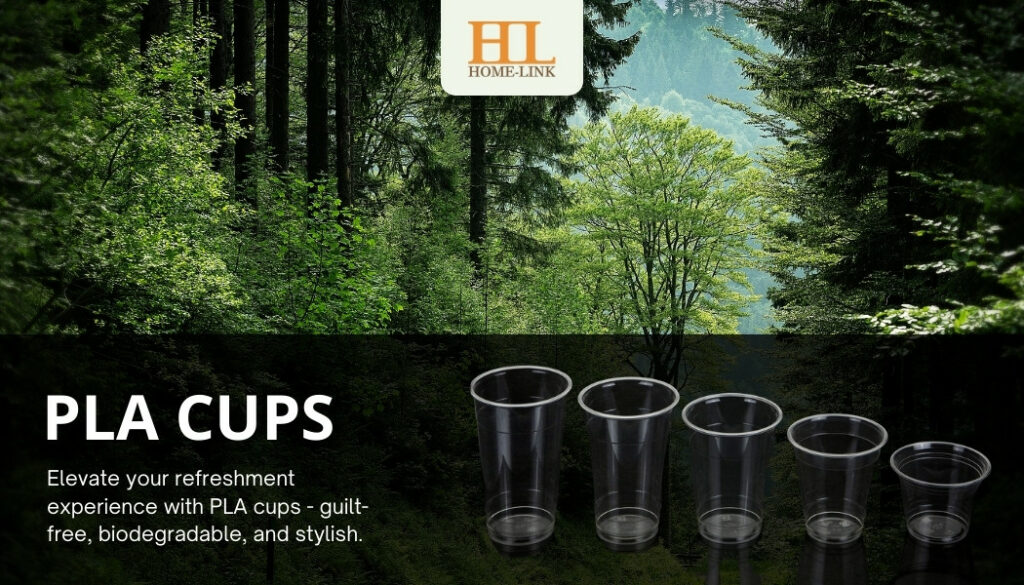
The manufacturing process of PLA involves several steps:
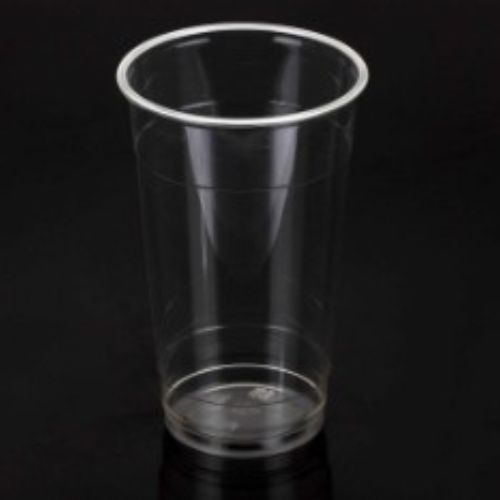
PLA is considered biodegradable and compostable under the right conditions. When exposed to specific environmental conditions, such as heat, moisture, and microbial activity, PLA undergoes decomposition by natural processes. It breaks down into water, carbon dioxide, and organic matter, without leaving behind toxic residues or microplastics.
It is important to note that while PLA cups are compostable, they require appropriate composting facilities to break down efficiently. Home composting systems may not provide the required conditions for complete PLA degradation. Therefore, it is advisable to dispose of PLA cups in commercial composting facilities to ensure proper composting and maximize their environmental benefits.
PLA’s renewable sourcing, manufacturing process, and biodegradability make it a promising alternative to conventional plastics. By choosing PLA products like cups, consumers and businesses can contribute to reducing plastic waste, minimizing carbon emissions, and promoting a more sustainable future.
PLA cups offer numerous advantages over traditional plastic cups. They are made from renewable resources, have a reduced carbon footprint, are versatile and functional, safe to use, and biodegradable. By embracing PLA cups, individuals and businesses can contribute to a more sustainable and eco-friendly approach to food and beverage packaging while promoting a positive brand image.
PLA cups are made from renewable resources such as corn starch or sugarcane, which are annually renewable crops. Unlike traditional plastic cups that rely on fossil fuels, PLA cups help reduce our dependence on non-renewable resources and contribute to a more sustainable and circular economy.
PLA cups have a lower carbon footprint compared to traditional plastic cups. The production of PLA generates fewer greenhouse gas emissions due to its plant-based sourcing. Additionally, the carbon dioxide released during PLA degradation is reabsorbed by the plants used to produce the material, creating a closed-loop carbon cycle.
PLA cups offer versatility in terms of their shapes, sizes, and designs. They are available in various options suitable for different applications, including cold and hot beverages. From small coffee cups to large smoothie cups, PLA cups can meet the needs of both individuals and businesses.
PLA cups are free from hazardous chemicals commonly found in traditional plastics, such as bisphenol-A (BPA) or phthalates. This makes them a safer choice for both consumers and the environment. PLA is considered food-safe and complies with relevant regulations for food contact materials.
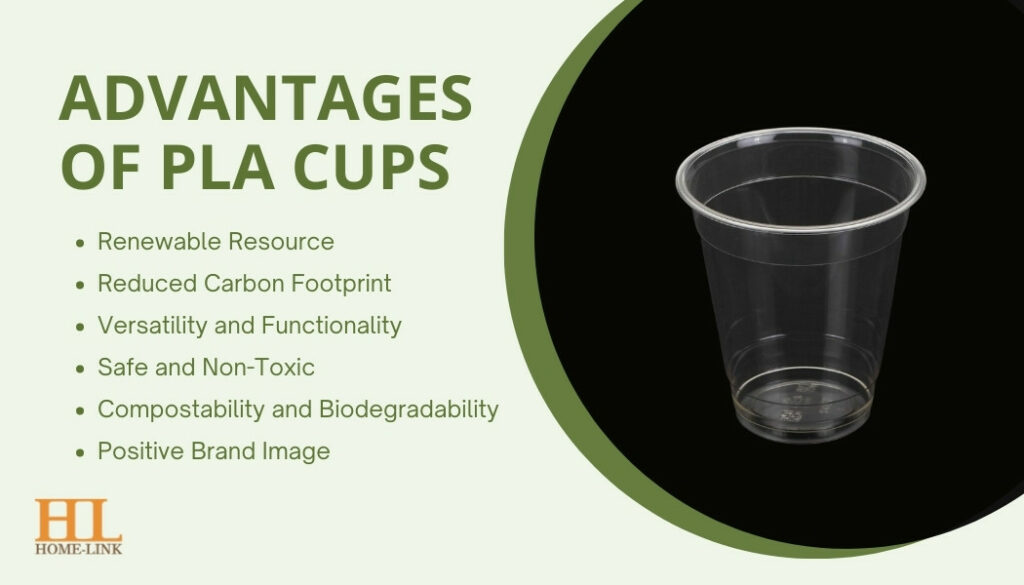
PLA cups are designed to be compostable and biodegradable. When disposed of in the right composting environment, such as industrial composting facilities, they break down naturally into water, carbon dioxide, and organic matter. This minimizes the environmental impact and helps divert waste from landfills.
Choosing PLA cups demonstrates a commitment to sustainability and responsible environmental practices. Businesses that opt for PLA cups can enhance their brand image and appeal to eco-conscious consumers. It sends a powerful message that they are actively taking steps to reduce plastic waste and promote a greener future.
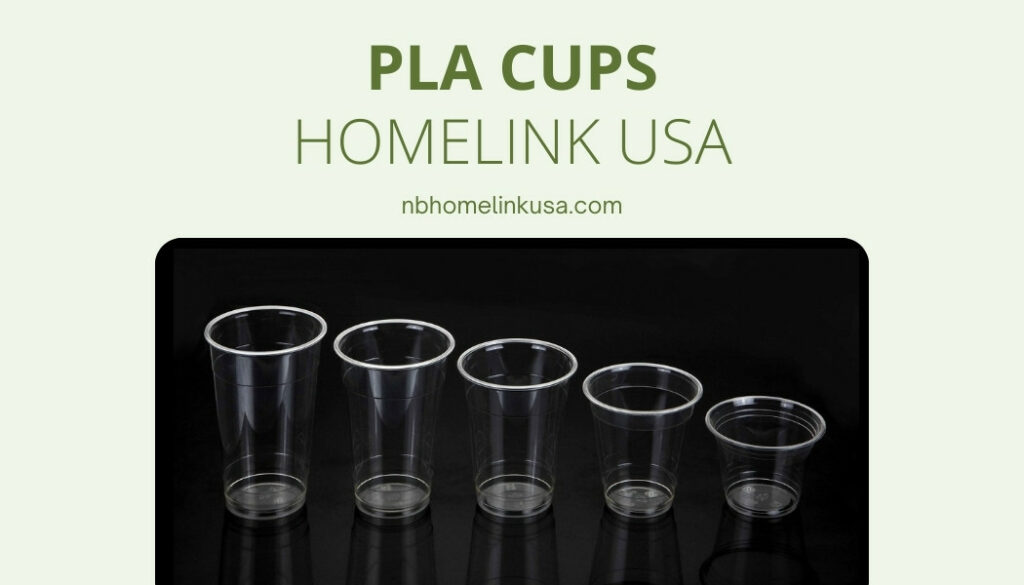
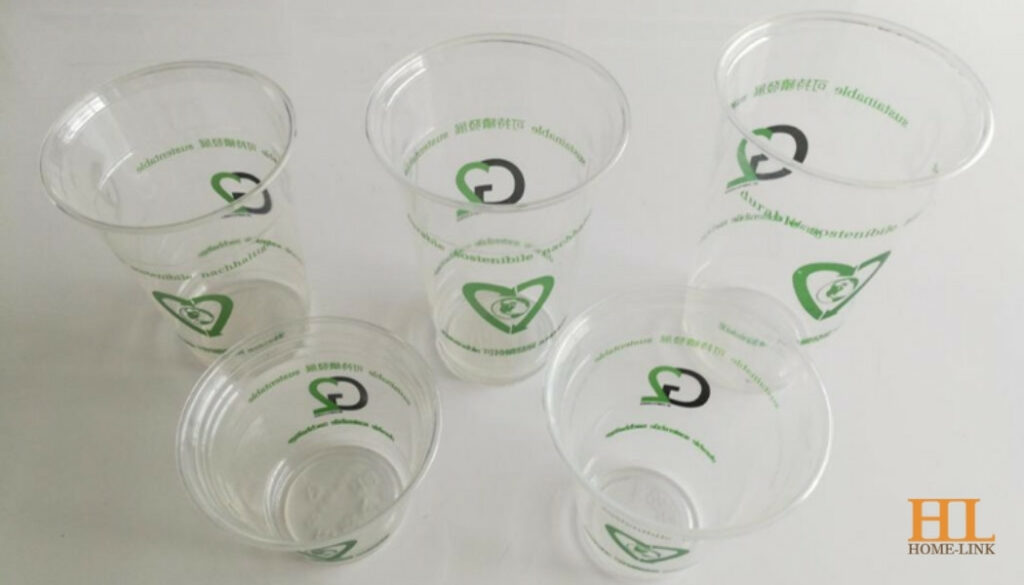

PLA cups offer a sustainable and environmentally friendly alternative to traditional plastic cups. With their biodegradability, reduced reliance on fossil fuels, and comparable performance, PLA cups provide a viable solution for individuals, businesses, and institutions seeking to minimize their environmental footprint.
In this comprehensive guide, we explored the various aspects of PLA cups, starting with an introduction to their composition and characteristics. We discussed the advantages of PLA cups, including their biodegradability, reduced resource consumption, and positive impact on waste management. Additionally, we examined their applications in various settings, such as food service, events, and everyday use.
We also compared PLA cups to traditional plastic cups, highlighting their environmental benefits, performance, and cost considerations. The certifications and standards associated with PLA cups ensure their compostability and compliance with food safety regulations, providing consumers with peace of mind.
Understanding the proper disposal and recycling options for PLA cups is crucial to maximize their environmental benefits. Composting in industrial facilities and separating PLA cups from traditional plastic waste are key steps in ensuring their efficient decomposition or potential recycling.
Through case studies and success stories, we witnessed how businesses, event planners, and institutions have successfully integrated PLA cups into their sustainability initiatives. These examples demonstrate the positive impact of choosing PLA cups on brand reputation, customer loyalty, and environmental stewardship.
Lastly, we explored where to purchase PLA cups, including retail stores, online retailers, wholesale suppliers, and local composting facilities. With the increasing availability and accessibility of PLA cups, individuals and businesses can easily source and incorporate them into their daily operations.
By choosing PLA cups, we can collectively reduce plastic waste, conserve resources, and contribute to a healthier planet. Every decision to use PLA cups aligns with the global effort to move towards a more sustainable future. Let us embrace the advantages of PLA cups and make a positive impact on our environment, one cup at a time.
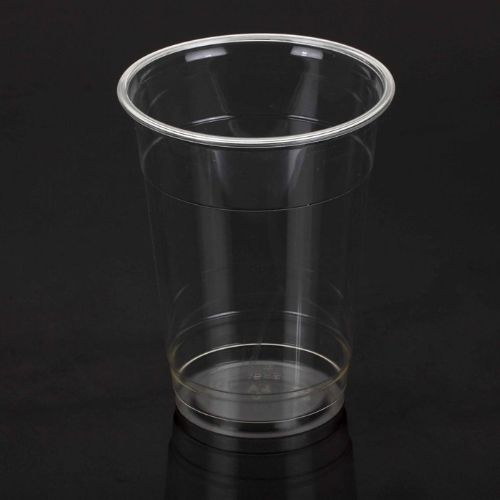
Experience the future of eco-friendly living with Homelink USA. Explore our sustainable solutions and start making a difference today. Shop now and join the green revolution!